The MAG weekly Fashion and Lifestyle Blog for the modern African girl by Lydia, every Friday at 1700 hrs. Nr 162 25th July 2025
Lydia's Weekly Lifestyle blog is for today's African girl, so no subject is taboo. My purpose is to share things that may interest today's African girl.
This week's contributors: Lydia, Pépé Pépinière, Titi. This week's subjects: Stylish & Warm: How to Rock a Long Coat in West Africa's Cold Season, Salt, Asking for his phone number, Olive oil, the magic? and Sub Box
Stylish & Warm: How to Rock a Long Coat in West Africa's Cold Season. Hello fashion lovers! As the chillier months settle in across West Africa, it's time to elevate your wardrobe with a versatile staple — the long coat. Whether you're navigating bustling city streets or attending special events, a long coat can be both a practical and stylish addition to your seasonal wardrobe. Here's how to wear a long coat with flair during this cold season, blending comfort, culture, and modern style.
Choose the Right Fabric & Colour. In West Africa, the climate varies, but during the cold season, opt for warm fabrics like wool, cashmere, or thick blends. Neutral shades, such as beige, black, navy, or camel, are timeless and easy to pair. However, don’t shy away from vibrant colors like deep red, emerald green, royal blue, or orange, to make a bold statement.
Layer with Cultural Elegance. Layering is key to staying warm and stylish. Pair your long coat with:
Traditional Attire: Combine with Ankara or Kente fabrics underneath for a cultural twist. For example, wear a fitted Ankara dress or a Kente skirt and blouse beneath your coat. When you open it, your vibrant traditional fabric will stand out, making a bold statement.
 Contemporary Looks: A simple turtleneck or fitted sweater in neutral shades works well underneath. Add slim-fit jeans or tailored trousers for a sleek silhouette.
Contemporary Looks: A simple turtleneck or fitted sweater in neutral shades works well underneath. Add slim-fit jeans or tailored trousers for a sleek silhouette.
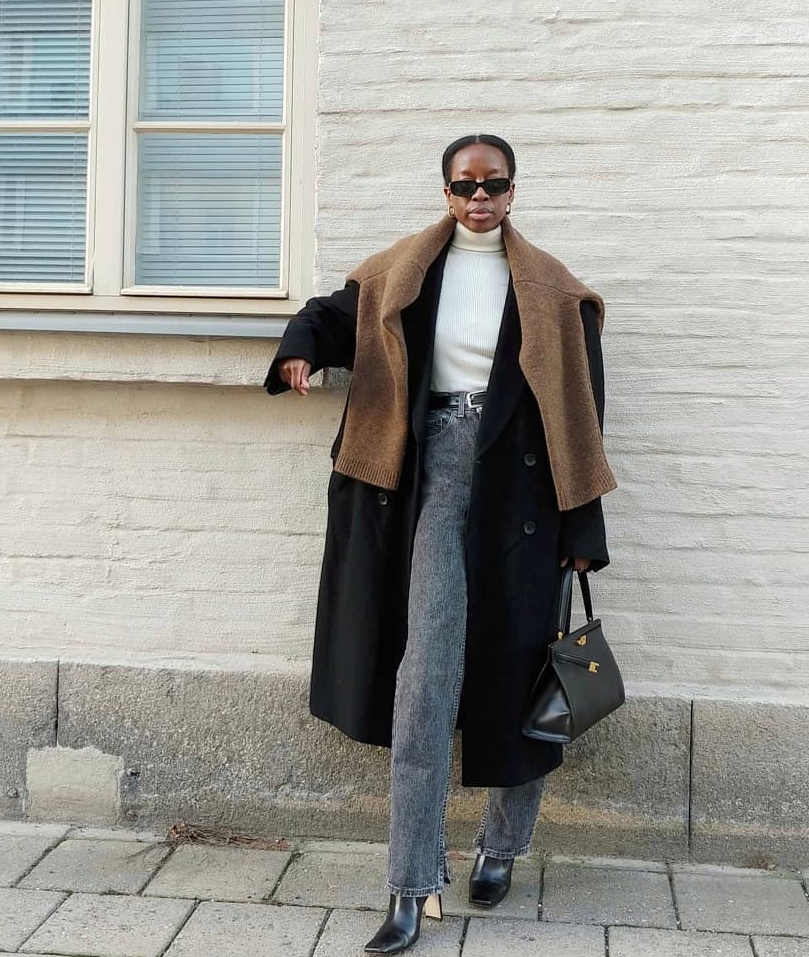 Anticipate on next blog for continuation.
Anticipate on next blog for continuation.
Salt. This very common flavour enhancer is less common than it appears. Most of it comes from evaporated seawater, but some is mined. Chemically, there is the common sea salt, NaCl (sodium chloride), but there is also mined salt, such as KCl, potassium chloride, which has a slightly different taste and causes less rise in blood pressure. Then there is Himalayan pink salt, which often claims to be healthier than sea salt; however, the difference is negligible from a health perspective. Next is kosher salt, fleur de sel, which is a sort of crystal foam on top of the sea salt when it is produced, smoked salt which has been given a smoky flavour, often used on meat (and there are different woods to smoke it on),
black salt which comes from volcanic ash and is sometimes used on fruits,
 Black salt
and Hawaiian salt, which tends to be reddish because it is mixed with red volcanic clay.
Black salt
and Hawaiian salt, which tends to be reddish because it is mixed with red volcanic clay.
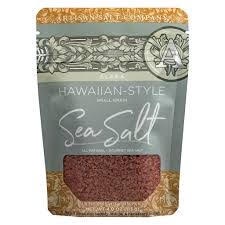 Hawaiian salt
Then there is Celtic Sea Salt, valued for its rich mineral content, including magnesium, and its potential health benefits, such as aiding hydration and electrolyte balance, but if you go into the finer details you will notice that the only real difference with ordinary sea salt is the price.
Hawaiian salt
Then there is Celtic Sea Salt, valued for its rich mineral content, including magnesium, and its potential health benefits, such as aiding hydration and electrolyte balance, but if you go into the finer details you will notice that the only real difference with ordinary sea salt is the price.
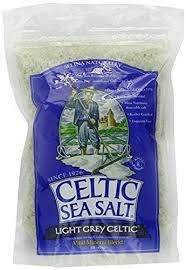 Celtic Sea Salt
Seasoned salt is a versatile blend primarily composed of salt combined with various herbs, spices, and other flavorings, often including paprika, garlic powder, onion powder, and black pepper.
Celtic Sea Salt
Seasoned salt is a versatile blend primarily composed of salt combined with various herbs, spices, and other flavorings, often including paprika, garlic powder, onion powder, and black pepper.
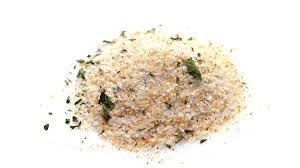 Seasoned salt
Industria salt, often ordinary refined sea salt mostly comes with an anti-caking agent like talc powder, to keep it dry. But also with added iodide, which is a microelement we often lack.
Seasoned salt
Industria salt, often ordinary refined sea salt mostly comes with an anti-caking agent like talc powder, to keep it dry. But also with added iodide, which is a microelement we often lack.
 Industrial salt
There’s also monosodium glutamate (MSG), frequently used in Asian kitchens in Asian countries and increasingly in Ghana under the name A1 or Chinese salt. It is a bit under discussion but considered safe if used in moderation. So salt comes in many different forms and packaging, with prices ranging from GHC 8/kg to 1500 GHC per kg. And upwards. Our very own Pambros produces sea salt, which is marketed in various forms: coarse, sachet, centrifuged, refined, and powdered, ranging from GHC 40 to GHC 70 per kg, all essentially for the same purpose. But there is a big but. Salt can easily raise blood pressure, which, over time, may lead to stroke. And here's where it gets concerning. We often cook our vegetables for so long that they lose their natural flavour. To bring the taste back, we tend to add flavour enhancers like salt or seasoning cubes. But these cubes are mostly artificial flavourings packed with a lot of salt.
Beware, the average lifespan of a Ghanaian is 63 years, with nearly 60% not even reaching age 60. In Malawi, the average lifespan is 66 years, and only about 16 % die before the age of 60. Meanwhile, in Northern Europe, the average lifespan exceeds 80 years.
Industrial salt
There’s also monosodium glutamate (MSG), frequently used in Asian kitchens in Asian countries and increasingly in Ghana under the name A1 or Chinese salt. It is a bit under discussion but considered safe if used in moderation. So salt comes in many different forms and packaging, with prices ranging from GHC 8/kg to 1500 GHC per kg. And upwards. Our very own Pambros produces sea salt, which is marketed in various forms: coarse, sachet, centrifuged, refined, and powdered, ranging from GHC 40 to GHC 70 per kg, all essentially for the same purpose. But there is a big but. Salt can easily raise blood pressure, which, over time, may lead to stroke. And here's where it gets concerning. We often cook our vegetables for so long that they lose their natural flavour. To bring the taste back, we tend to add flavour enhancers like salt or seasoning cubes. But these cubes are mostly artificial flavourings packed with a lot of salt.
Beware, the average lifespan of a Ghanaian is 63 years, with nearly 60% not even reaching age 60. In Malawi, the average lifespan is 66 years, and only about 16 % die before the age of 60. Meanwhile, in Northern Europe, the average lifespan exceeds 80 years.
Asking for his phone number. This is one of the things that is supposedly not done in Ghana. If his reaction is that you are only going to ask for money or that you are a whore then that closes that chapter, up for the next one. Remember, boys looking for girls and girls looking for boys. I think we can divide the boys into roughly 2 types: the bold ones (not too many) and the shy ones, many. The bold one will ask for your number and likely invite you to his house straight away, the shy one will feel caught when you notice that he looks at you. This is the guy you want to go for, unless you realize that he is too timid all the way and with everything and everyone. So if you see Mr Nice and a Bit Shy, find a way to talk to him. Ask him if the waiting here is always that long, or if he knows a place to buy better bread, or anything. Do you come here very often, or do you know what time it is is a bit dumb and too obvious. Asking to borrow his battery bank is a bit ok but don't ask if he has an Apple charger, it might put him off if you try to show off, you're after the man, not after his phone. And once you are talking a bit, you can say that unfortunately you have to go, that it was nice talking and if he doesn’t mind we could talk some more, but then let me have your phone number. Shyness is not going to get you a guy, and he can always decide to block you or you him. But don't sit on the side like a lame duck and let all these nice guys not notice you.

Olive oil, the magic? Olive oil has been around since the Bible was written or maybe earlier and is part of the Mediterranean diet, which has been found to be healthy. It sells at a premium; a liter of sunflower oil can sell at 60 GHC, and a liter of olive oil may start at GH₵ 400.00. What's the big difference? There are 2 types of oil or fats, those made up of saturated fats and those made up of unsaturated fats. The saturated ones tend to clog together easily, like coconut oil tends to become hard in the fridge, and may even block together in your veins and block them and cause a stroke; the unsaturated ones do that less easily. Olive oil is unsaturated, thus healthier. So far, so good.
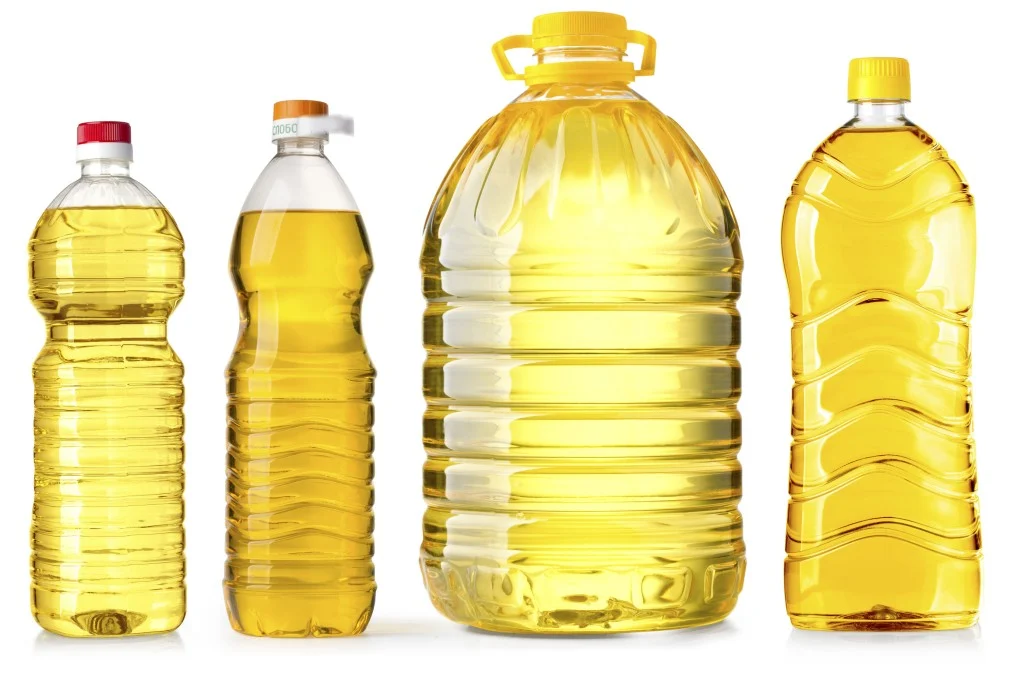 The unsaturated fats are again divided into mono-unsaturated and poly-unsaturated. Olive oil is mono-unsaturated. But now comes the trick: omega-3 fat only occurs in poly-unsaturated fats (Omega-6 and 9 as well), and not in mono-unsaturated fats, like olive oil. So olive oil hardly has any omega-3, the wonder fat everyone is talking about these days and which seriously influences your mood and the performance of your intestines. Poly-unsaturated fats with omega-3 are mainly found in flaxseed oil, canola oil, hemp and soybean oil, nuts, and fatty fish like sardines, and generally we get too little of it, and too much omega-6. Omega-6 is not bad for you, as long as it comes with a substantial amount of omega-3, the ratio should be about 4 omega-6 to 1 omega-3. And our popular sunflower oil? 40:1. And Frytol? 46:1, whether fortified or not. And fortified Frytol without cholesterol? Cholesterol is not present in any oil anyway and is only formed in the body. The fortified may be healthy indeed, but the omega-6 46:1 omega-3 ratio is unhealthy. Soy oil is about 4:1 and available these days, at about the same price as sunflower oil. But it has a lower smoke temperature, meaning it more easily overheats, so be careful when you fry.
The unsaturated fats are again divided into mono-unsaturated and poly-unsaturated. Olive oil is mono-unsaturated. But now comes the trick: omega-3 fat only occurs in poly-unsaturated fats (Omega-6 and 9 as well), and not in mono-unsaturated fats, like olive oil. So olive oil hardly has any omega-3, the wonder fat everyone is talking about these days and which seriously influences your mood and the performance of your intestines. Poly-unsaturated fats with omega-3 are mainly found in flaxseed oil, canola oil, hemp and soybean oil, nuts, and fatty fish like sardines, and generally we get too little of it, and too much omega-6. Omega-6 is not bad for you, as long as it comes with a substantial amount of omega-3, the ratio should be about 4 omega-6 to 1 omega-3. And our popular sunflower oil? 40:1. And Frytol? 46:1, whether fortified or not. And fortified Frytol without cholesterol? Cholesterol is not present in any oil anyway and is only formed in the body. The fortified may be healthy indeed, but the omega-6 46:1 omega-3 ratio is unhealthy. Soy oil is about 4:1 and available these days, at about the same price as sunflower oil. But it has a lower smoke temperature, meaning it more easily overheats, so be careful when you fry.
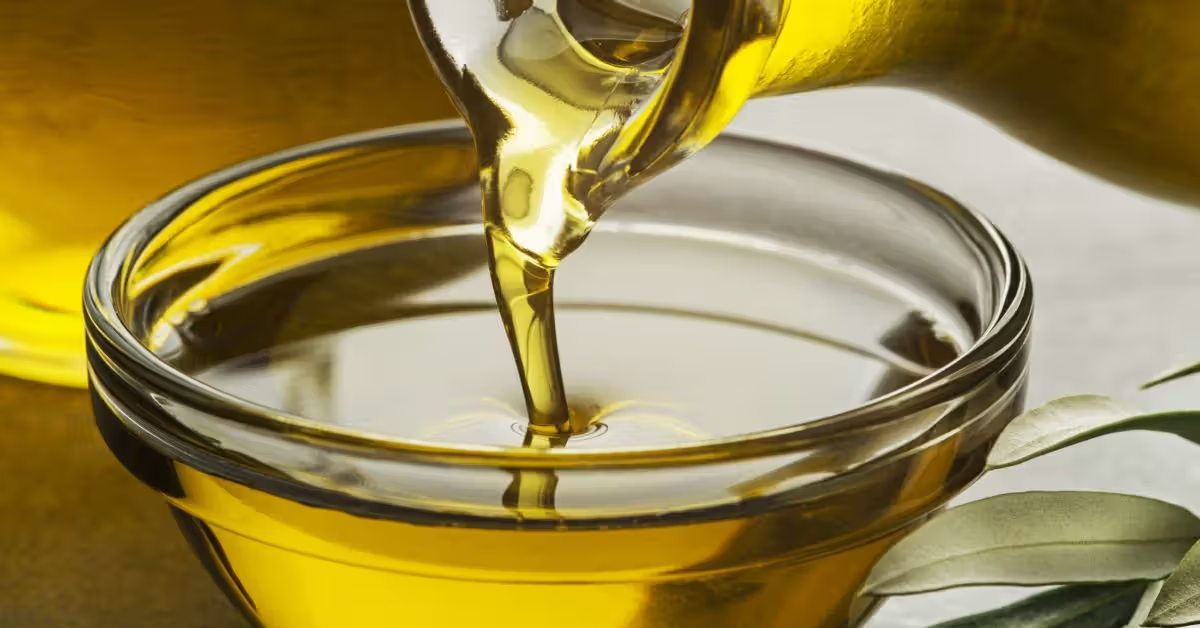
Sub Box (Ndabaningi Sithole Road, Labone, Accra) sells a variety of snacks and a decent espresso coffee. I had a Nuvola illy crema (hot chocolate and whipped cream) and chicken legs, lollipops which were nice and a beef shawarma which was only ok.. They do burgers as well, some with very exotic names like a Swiss mushroom burger, or crazy burger, but at 170 GHC, I refrained. Though they are 130 grams, not the average 100 grams one finds in town. Next door, Rocco Mamas sells a 150-gram beef burger at 130 GHC. I repeat that fast food in Accra is seriously overpriced.

Lydia...
Do not forget to hit the subscribe button and confirm in your email inbox to get notified about our posts.
I have received requests about leaving comments/replies. For security and privacy reasons my blog is not associated with major media giants like Facebook or Twitter. I am talking with the host about a solution. for the time being, you can mail me at wunimi@proton.me
I accept invitations and payments to write about certain products or events, things, and people, but I may refuse to accept and if my comments are negative then that's what I will publish, despite your payment. This is not a political newsletter. I do not discriminate on any basis whatsoever.
_